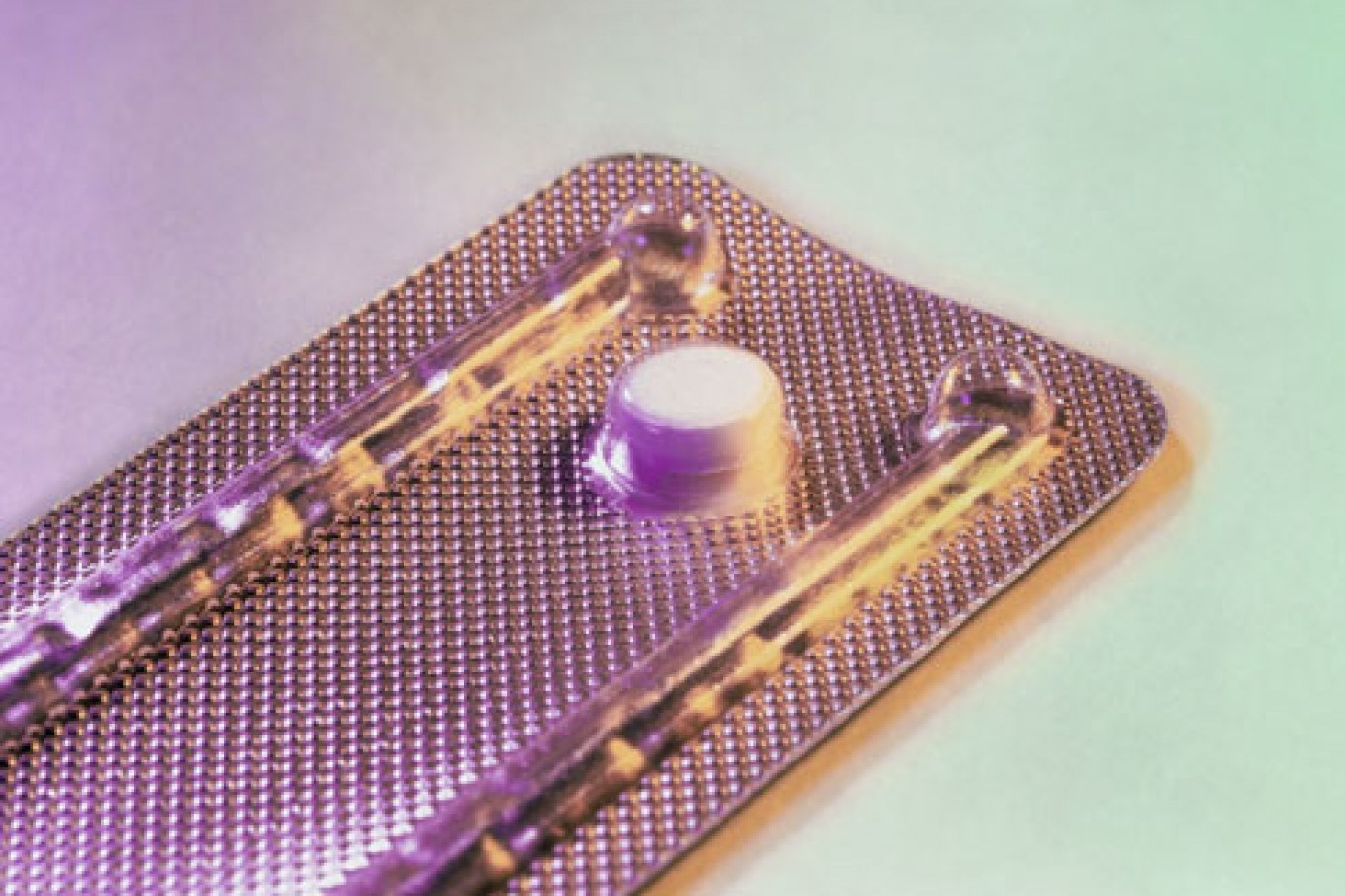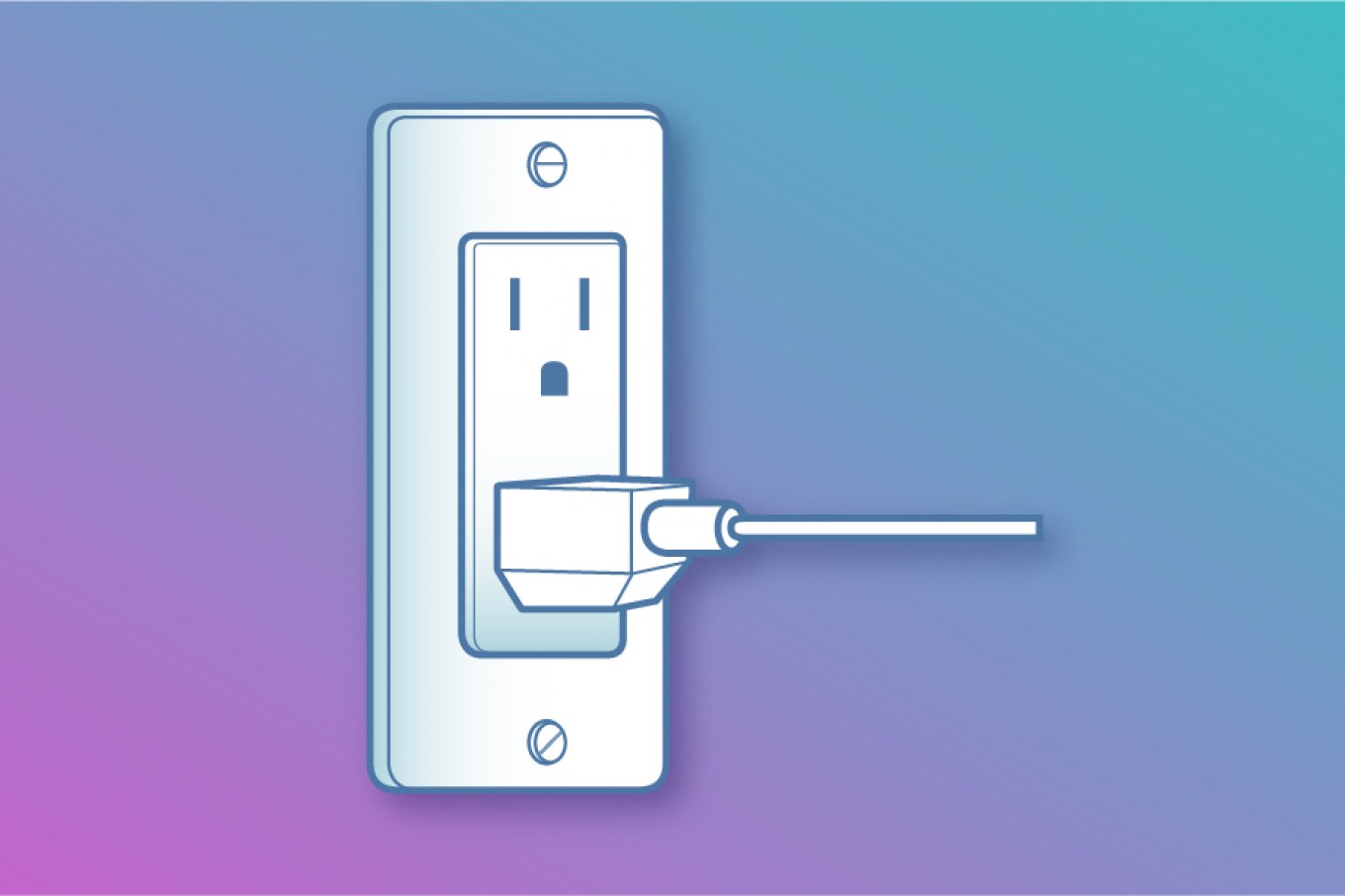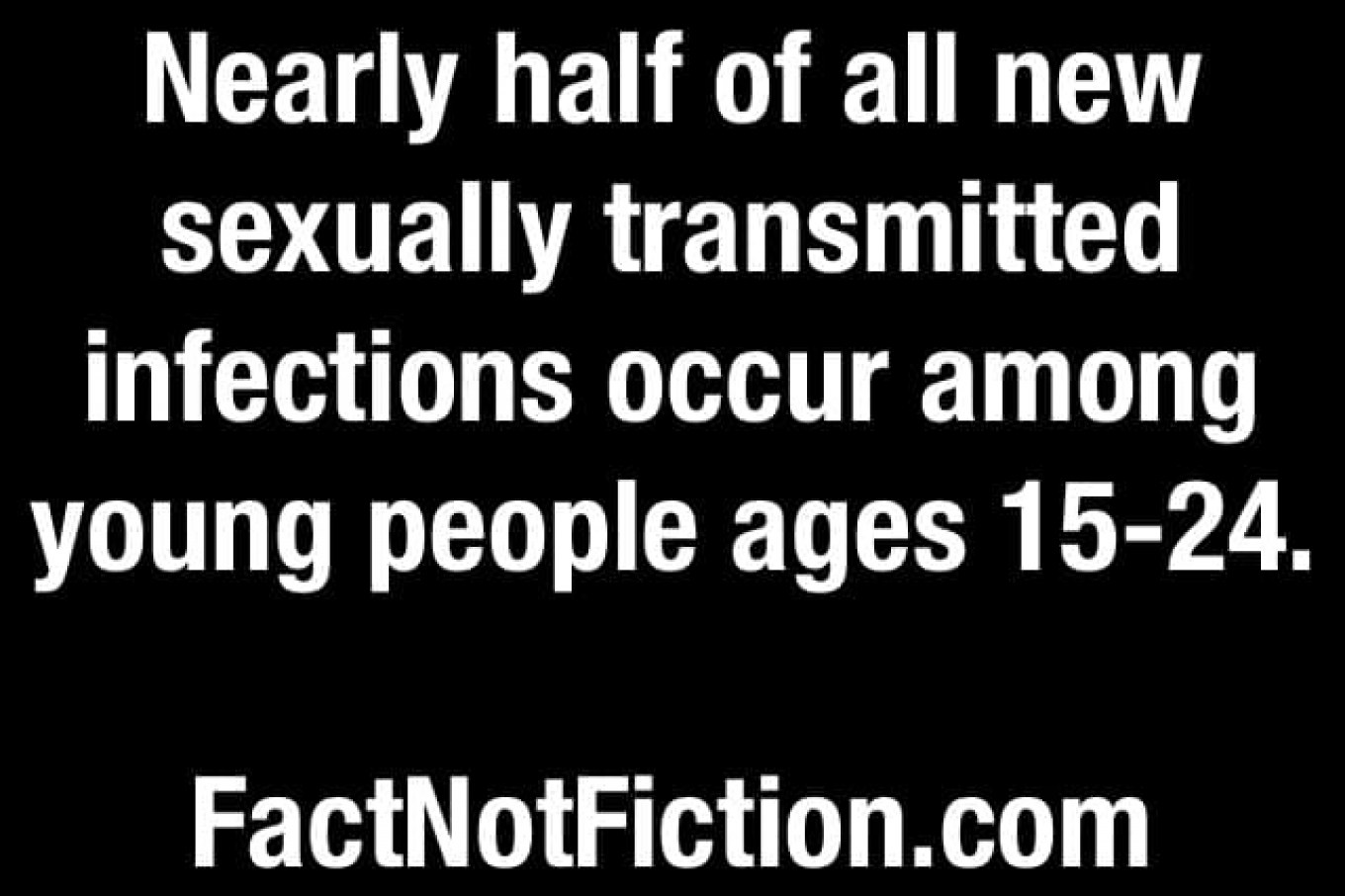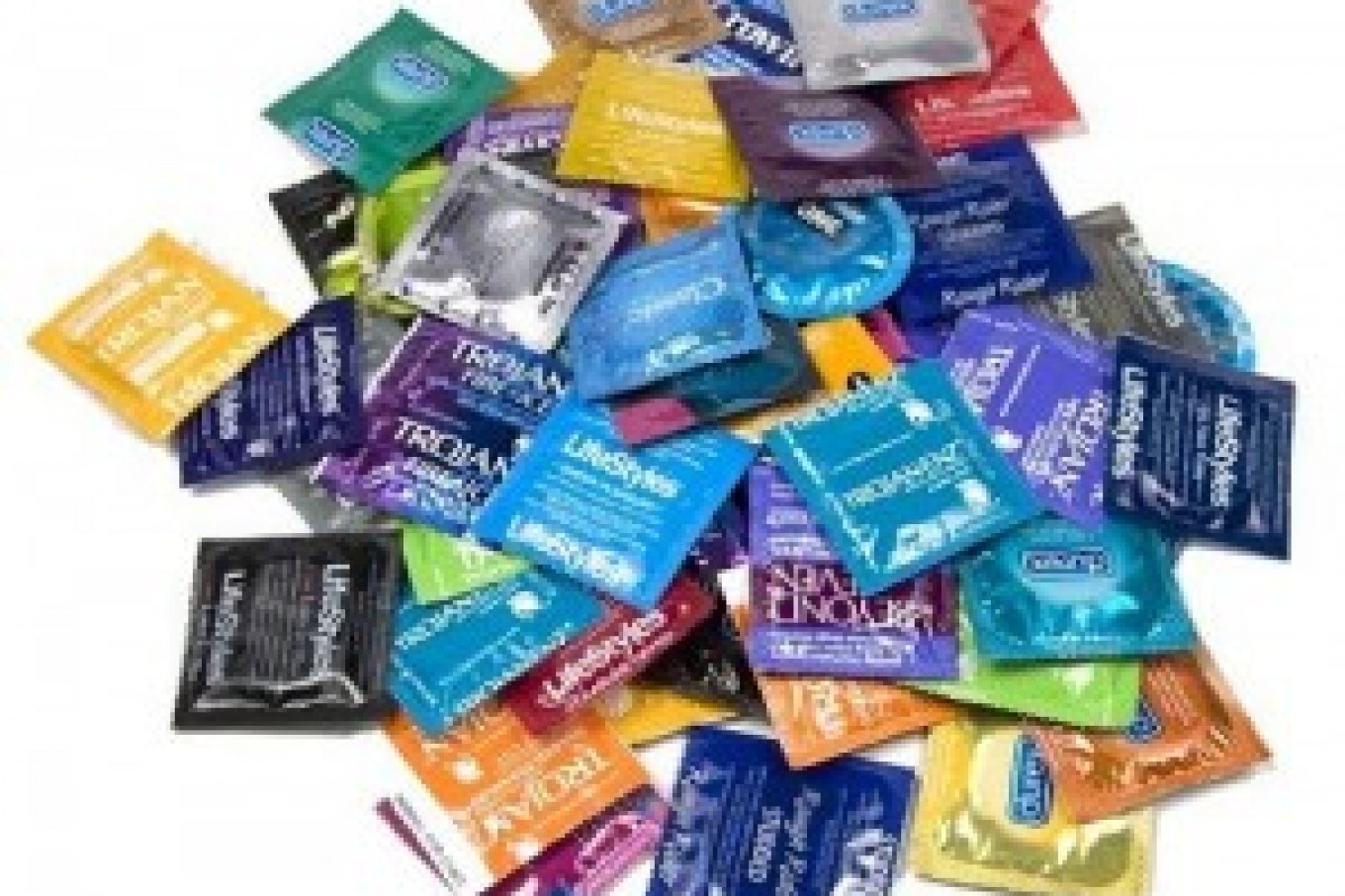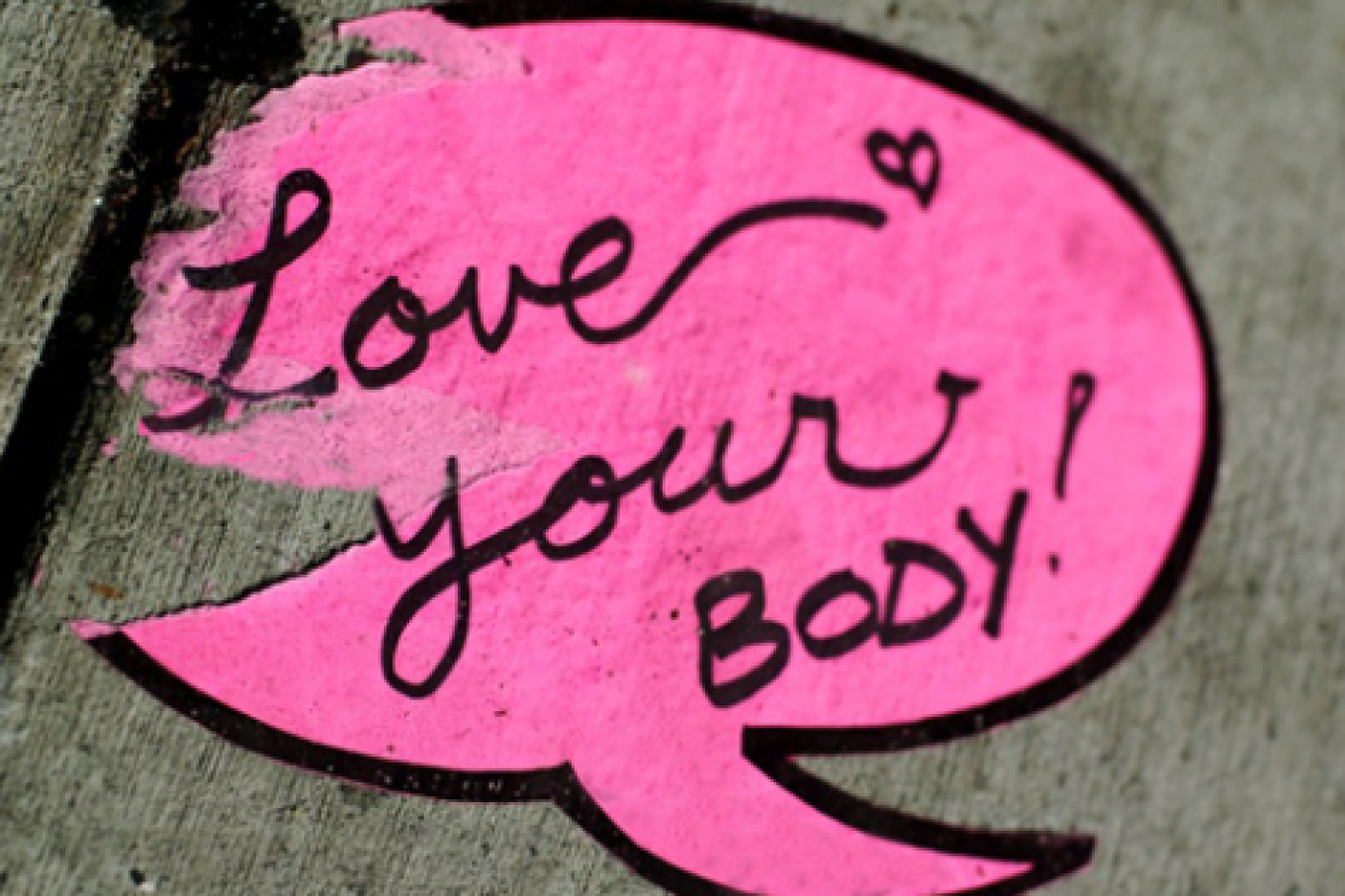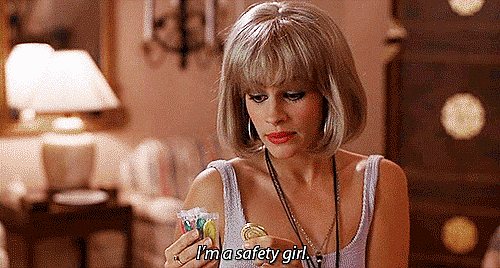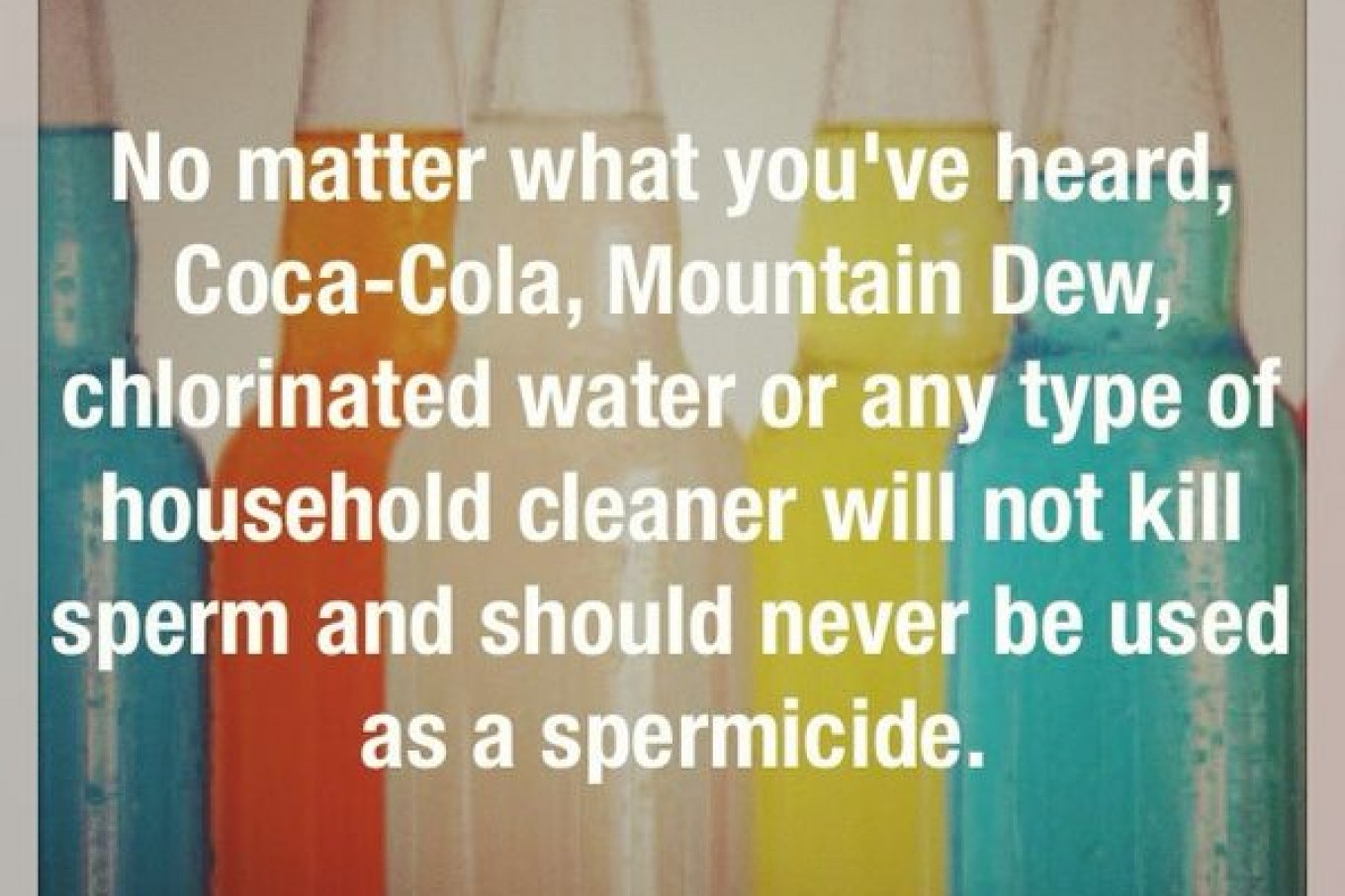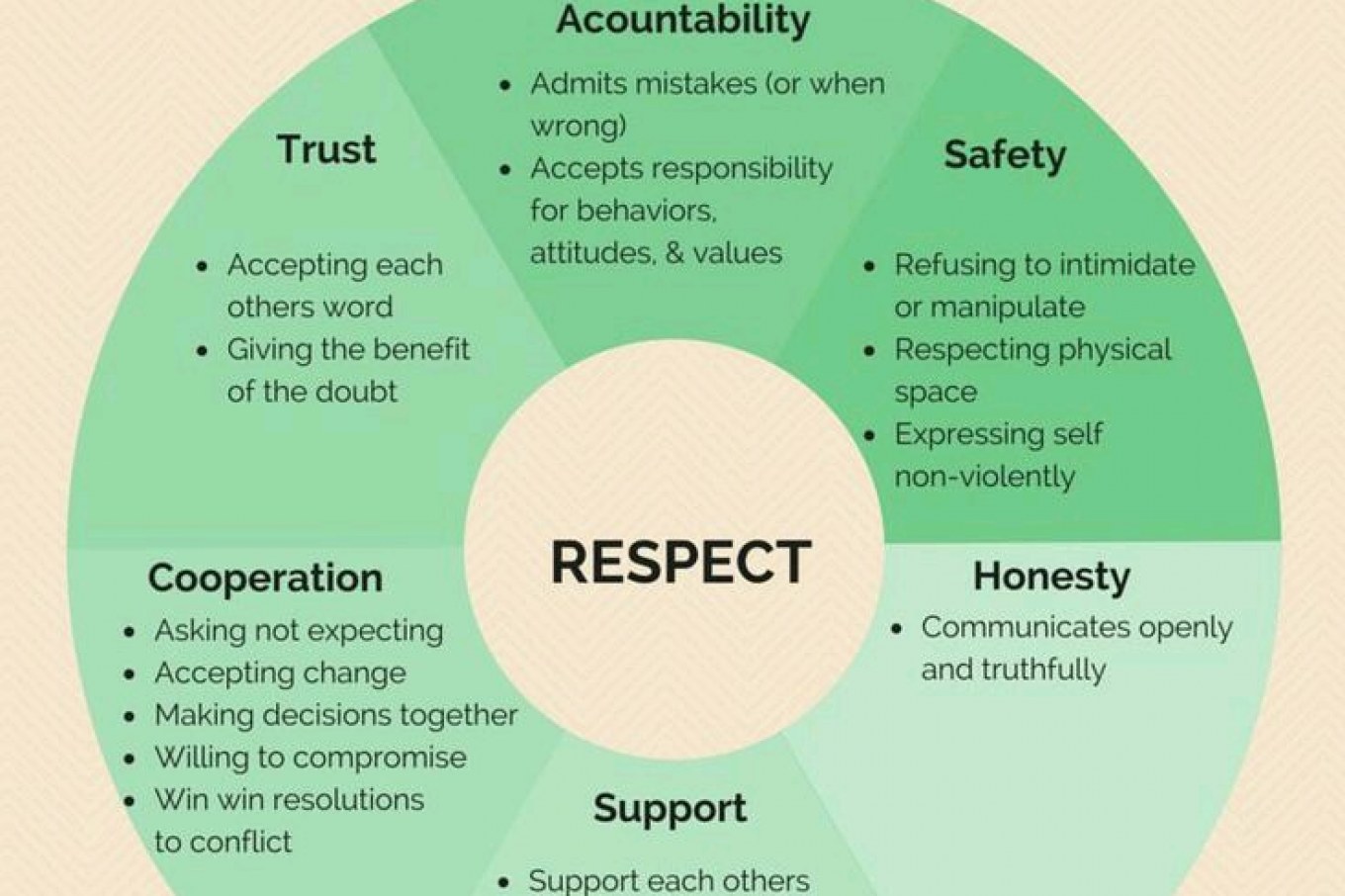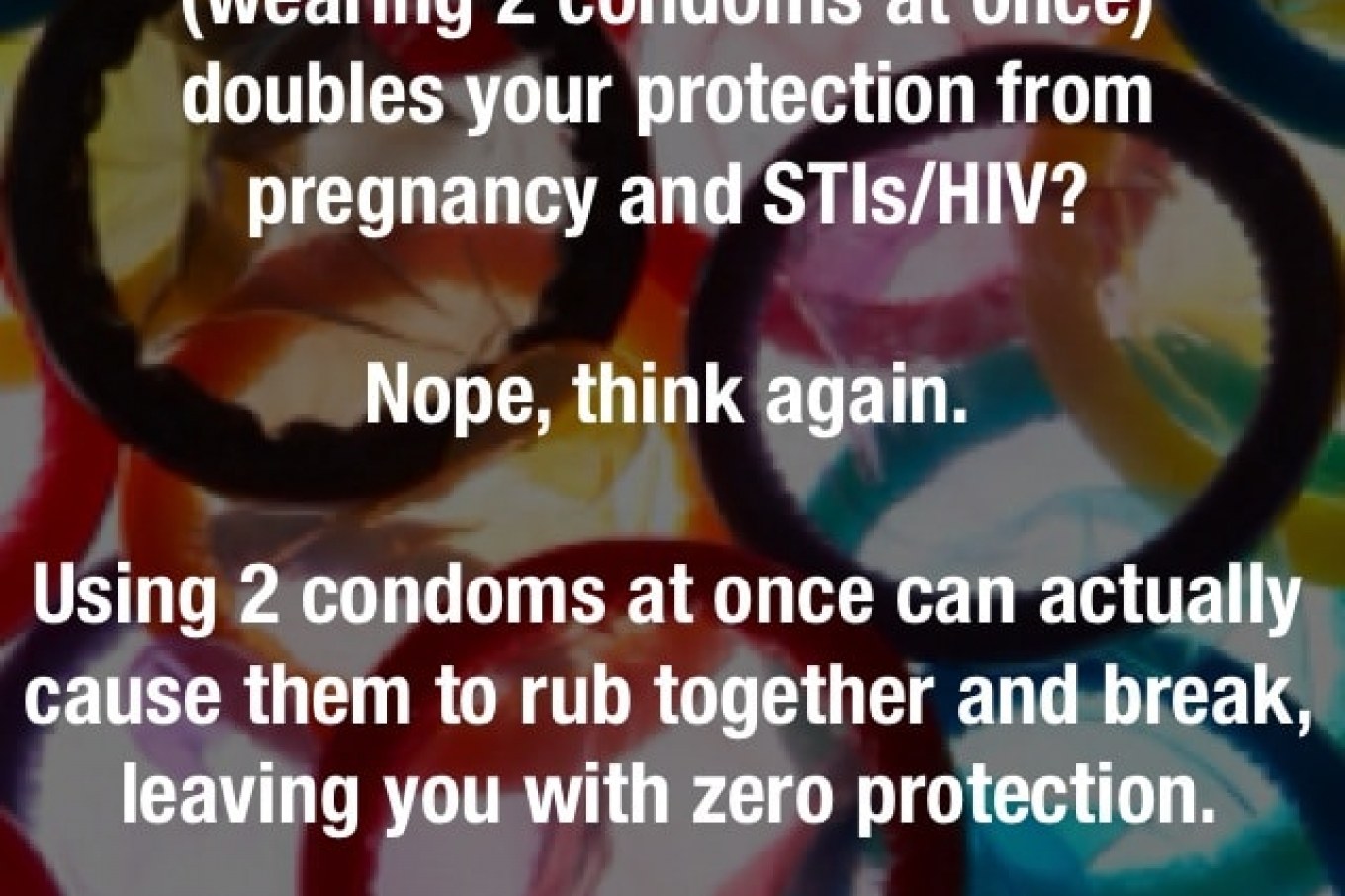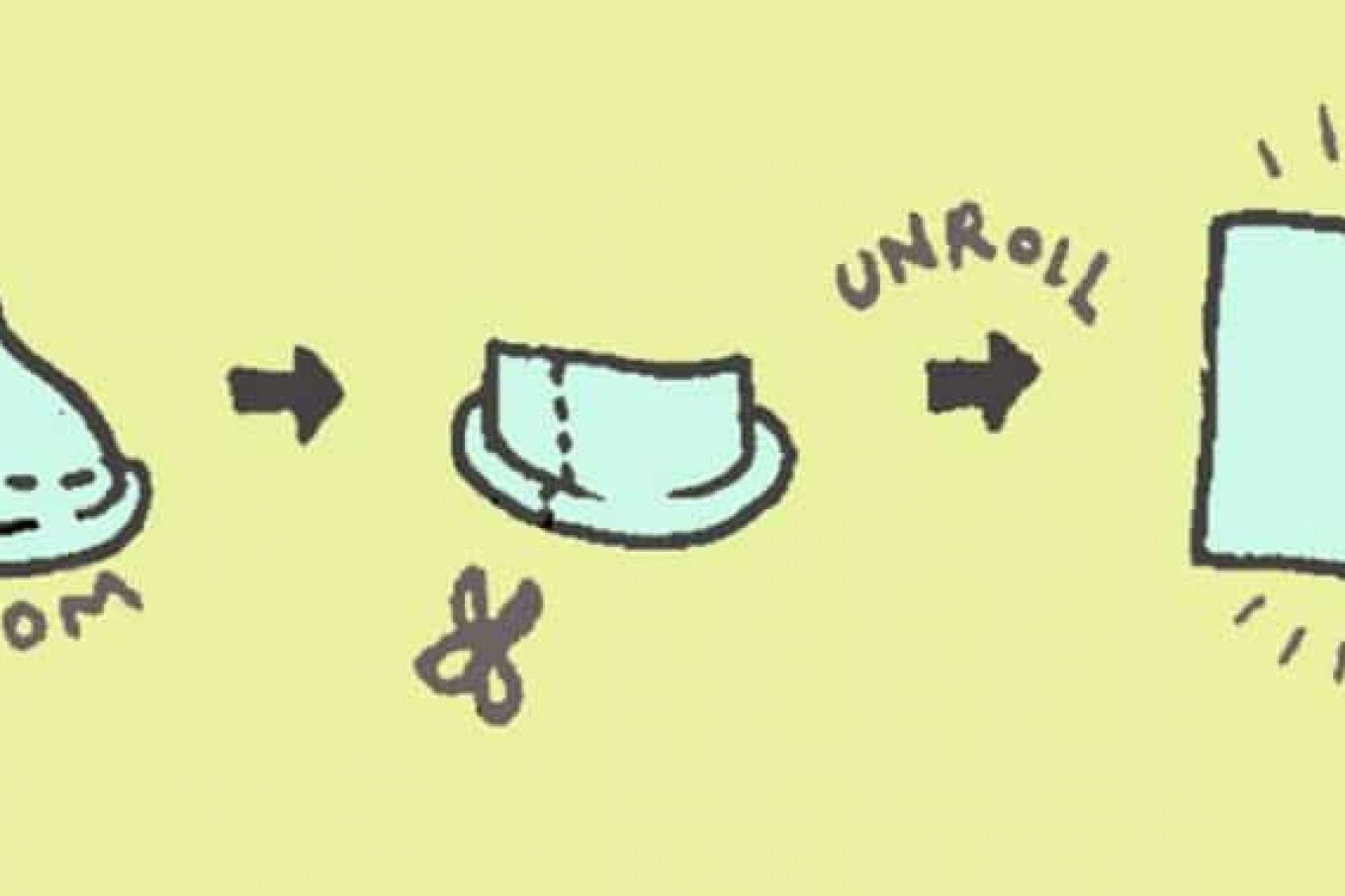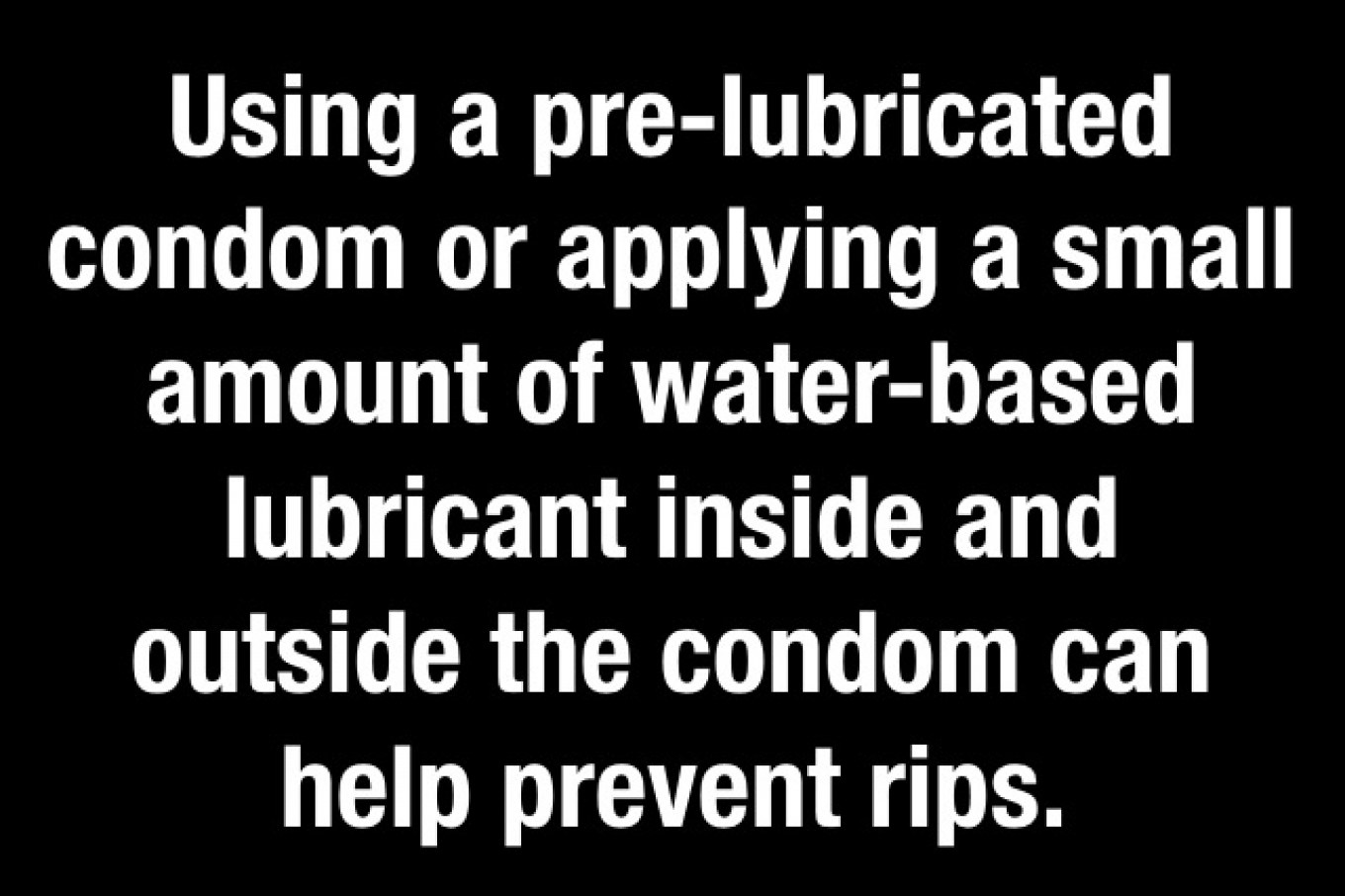Haven’t heard of this one? No worries, here are the deets:
What is it?
Trichomoniasis (also called trich) is a common, curable
sexually transmitted infection (STI) caused by a parasitic protozoa
called Trichomonas vaginalis. More than one million new cases occur each year in the U.S. Trich may cause symptoms in women, but most men do not have
symptoms. If you have trich, you are more
likely to contract HIV if you are exposed–so getting tested and treated
is important.
How do you get it and how do you protect yourself?
Trich is
spread through sexual contact with an infected partner: this includes
penis-to-vagina intercourse or genital-to-genital contact.
Using latex condoms correctly every time during sexual intercourse will
help reduce the risk of getting or spreading trichomoniasis.
What are the symptoms?
Only about 30 percent of people that have trich develop any
symptoms. Symptoms of trich are more common in women. These include:
- Vaginal discharge
- A bad vaginal smell
- Itching in or around the vagina
- Pain during sex
- Pain when urinating
Most men don’t have symptoms of trich but when they do, symptoms can
include itching or irritation inside the penis, a discharge or pain when
urinating.
Some people with symptoms of trich get them within 5 to 28 days after
being infected, but others do not develop symptoms until later.
Symptoms can come and go, and without treatment, the infection can last
for months or even years.
How do you treat trich?
Trich is curable with antibiotics, but remember to use all the medicine prescribed, even if your symptoms go away. Sex partners must also be treated, or you will get trich again.










































